Meet the recipients of the 2023 NSERC Undergraduate Student Research Awards
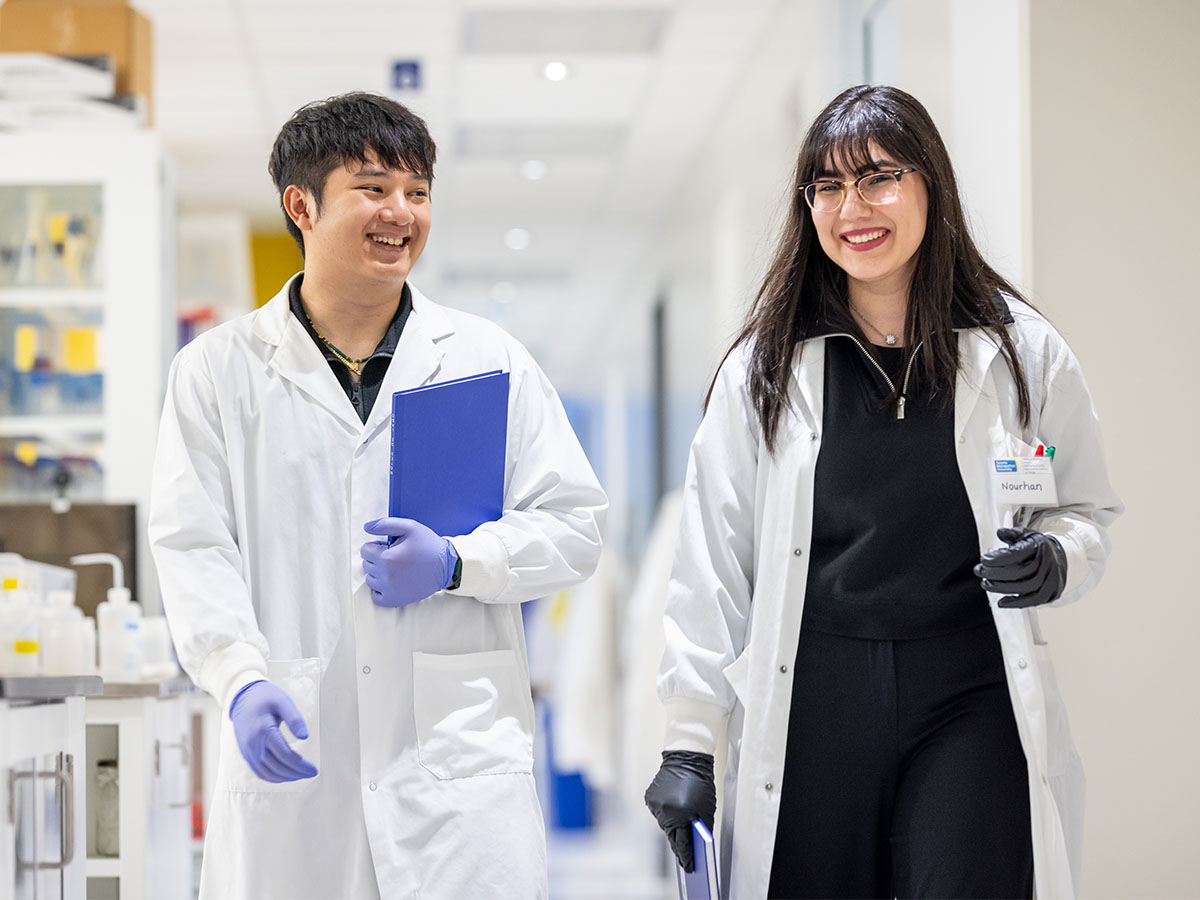
The annual Undergraduate Student Research Awards (USRAs) support over 3,000 Canadian undergraduate students every year through Canada’s three research granting agencies: the Natural Sciences and Engineering Research Council of Canada (NSERC), the Canadian Institutes of Health Research (CIHR), and the Social Sciences and Humanities Research Council of Canada (SSHRC).
This year, twenty-three Faculty of Science students received NSERC USRAs for their academic excellence and research potential. Valued at $6,000 each, these esteemed awards aim to nurture students’ passion for scientific exploration and unlock opportunities for graduate studies and research careers in the sciences. Dive into the research of eight of this year’s recipients below.
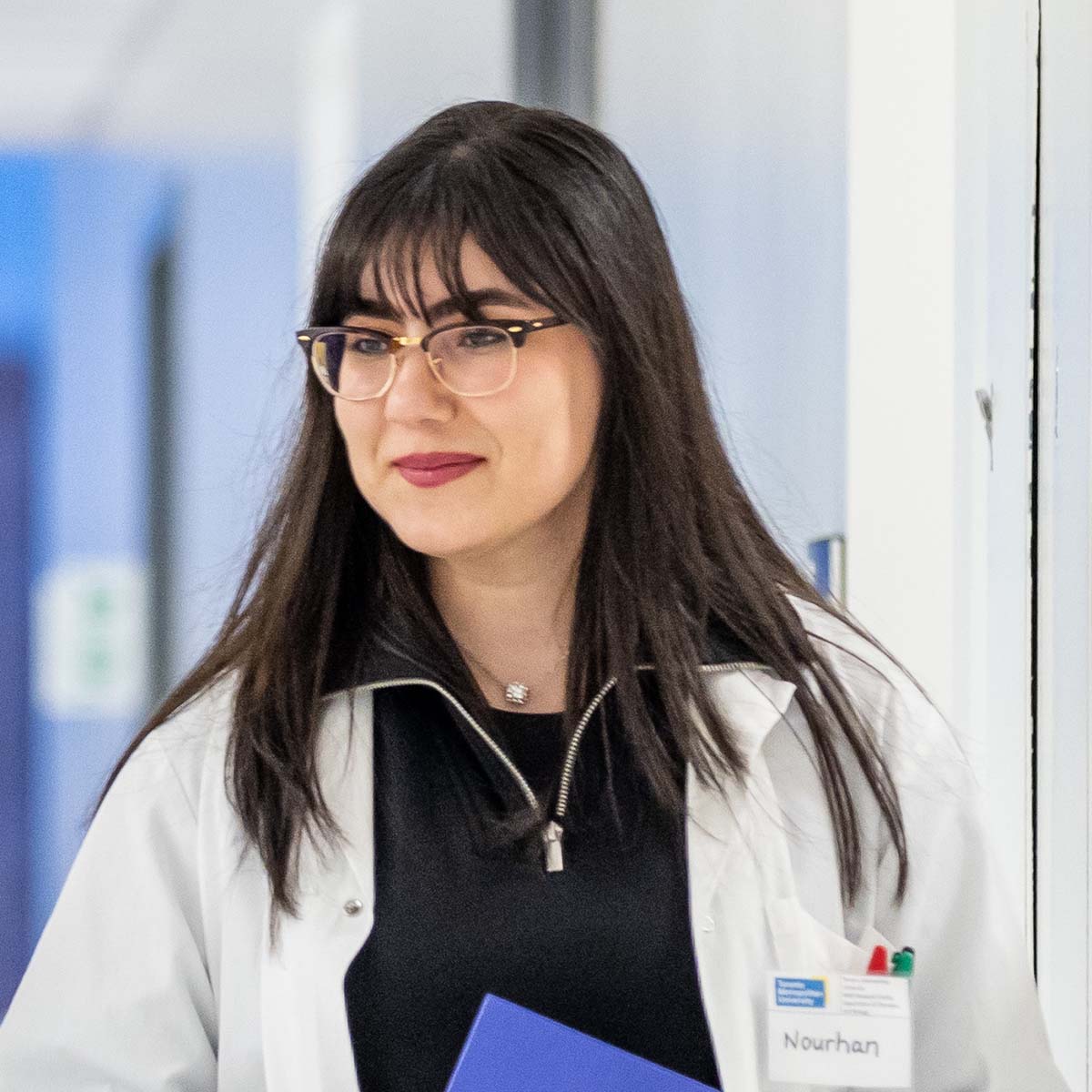
Title of Research: Investigating the Effect of PIKfyve Inhibition on ER Hitchhiking
Supervisor: Dr. Roberto J. Botelho
Research Summary: Lysosomes are membrane-bound compartments that degrade unwanted cellular material. They also communicate with other organelles to exchange molecules like the endoplasmic reticulum (ER), which synthesizes proteins and lipids. One way this is done is through direct contact between the lysosomes and the ER, known as a membrane contact site (MCS), which helps sculpt the labyrinth-like ER network. One of the enzymes that affect the formation of MCSs is the lipid kinase PIKfyve. Published work by the Botelho Lab states that when PIKfyve is inhibited, the lysosomes become enlarged, and the ER network collapses. Therefore, the lysosomes and the ER are intimately linked. To understand how this disrupts the ER network, the lab hypothesized that PIKfyve inhibition disrupts ER hitchhiking, which is a process that pulls ER membrane tubules on motile lysosomes to control the ER architecture. To test this, the lab labelled the lysosomes and ER in mammalian cells treated with PIKfyve inhibitors, then measured ER hitchhiking events by super-resolution live-cell imaging. Once this is complete, we will have a deeper understanding of how the ER dynamics are affected, leading to a better understanding of cell biology.
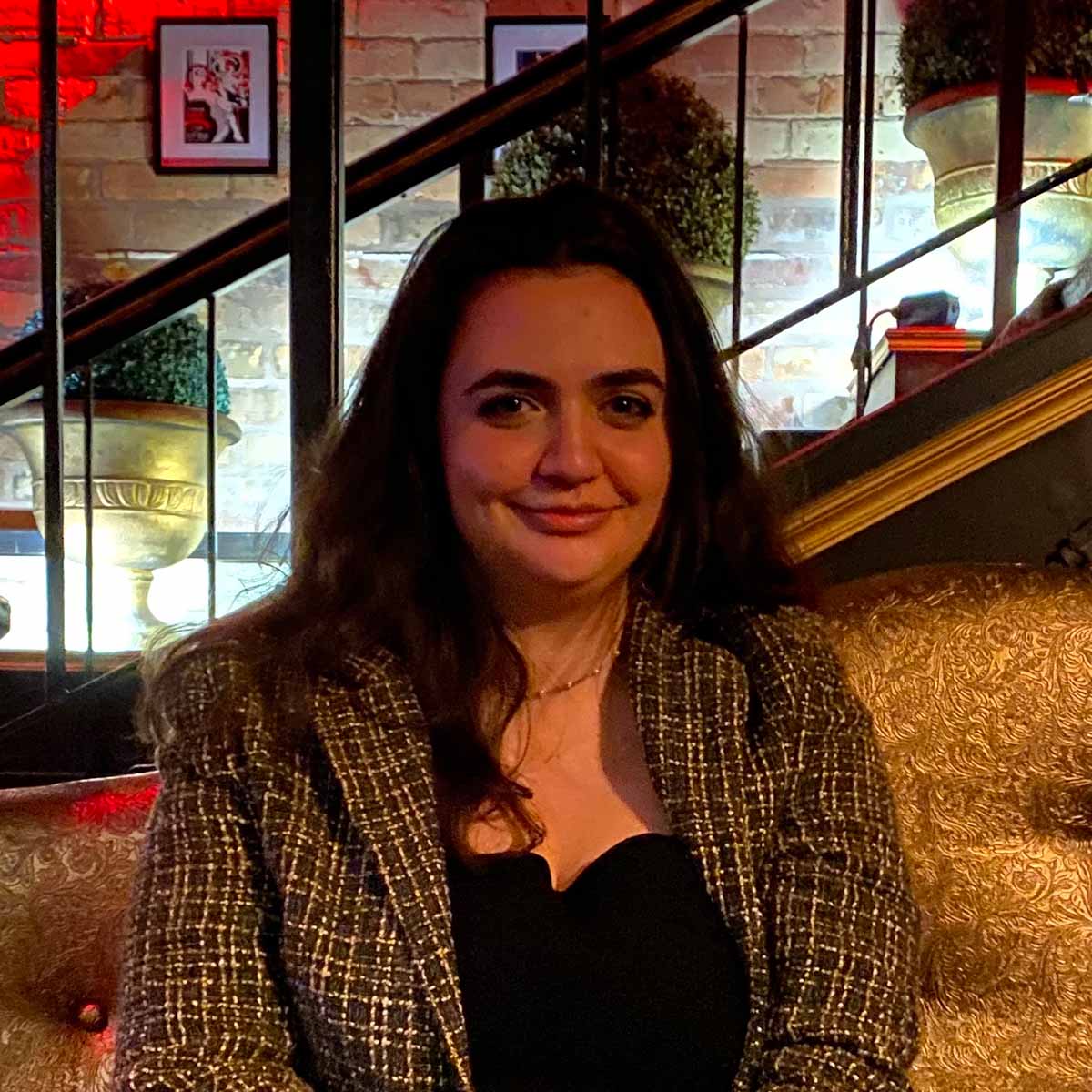
Title of Research: Chemical Screams: can infection by parasitic root-knot nematodes affect uninfected neighboring plants
Supervisor: Dr. Janet Koprivnikar
Research Summary: Plants under attack by herbivores can communicate by releasing volatile organic compounds (VOCs) that may cause defensive trait changes in others in response to predation risk. However, it is unknown whether other natural enemies, such as parasites, have similar effects. Root-knot nematodes (RKNs) can infect almost any crop plant and are estimated to contribute >$100 billion annually in losses worldwide. If uninfected plants respond to signals from infected ones, they may invest more in defences at the expense of growth and reproduction. This project investigates if RKNs can have such indirect effects on plants through the release of VOCs that communicate infection risk. If these plant parasites can have both direct and indirect effects, growers may need to adjust their current nematode control methods.
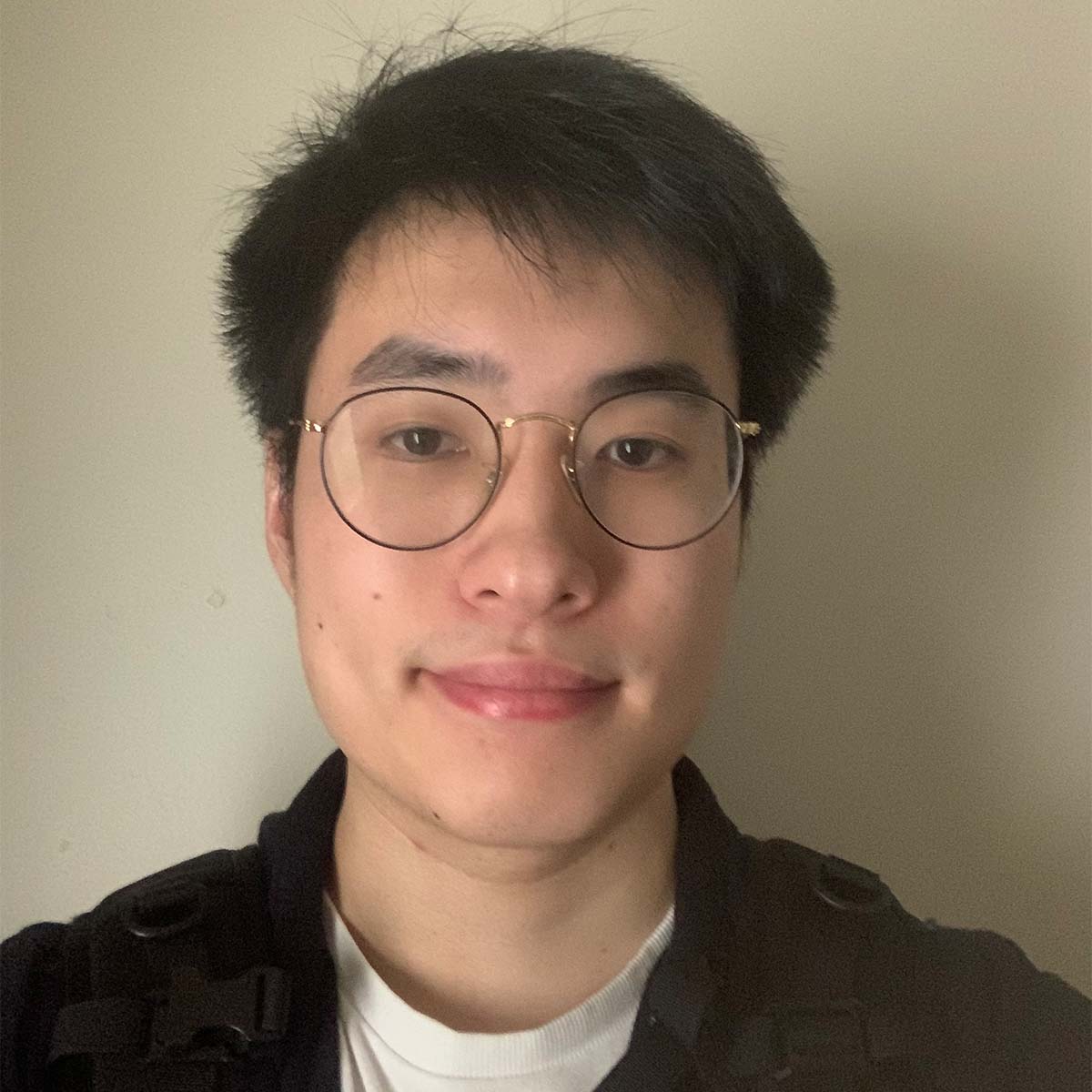
Title of Research: Modeling EGF receptor activation and confinement on the cell membrane
Supervisor: Dr. Aidan Brown
Research Summary: The epidermal growth factor (EGF) receptor is a central regulator of cell physiology, and its activity can drive cancer tumour progression. EGF receptors can be activated by binding within the cell membrane surface. While EGF receptor signalling is a longstanding and active research area, a comprehensive understanding of how various processes contribute to EGF signalling remains elusive. Recent work by Dr. Costin Antonescu’s research group has demonstrated that EGF receptors are likely to be activated when confined to tetraspanin nanodomains on the cell membrane. The goal of this project is to build on the recent experimental results in the Antonescu group and the computational modelling results in Dr. Aidan Brown’s group. This project will describe how tetraspanin nanodomain activation of EGF receptors controls the concentration-dependent response to EGF ligands, the speed at which signals are propagated through the EGF receptor signalling pathways, and how activation via nanodomains affects the response capacity for future stimulation changes. This work will demonstrate that EGF receptor visits to tetraspanin nanodomains are essential to understand EGF signalling behaviour.
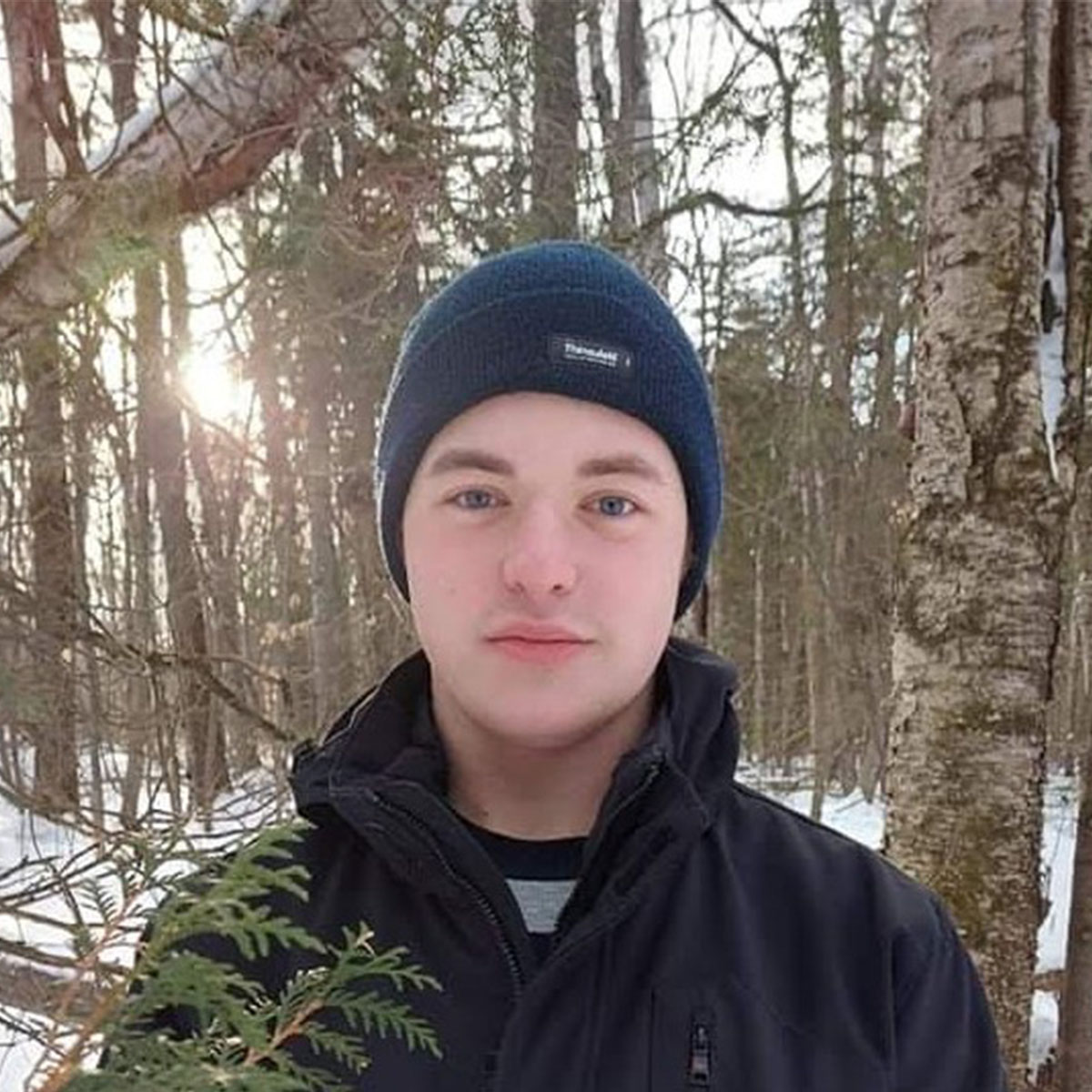
Title of Research: A Novel Disulfonylarylthiophene@Zn-MOF for Synchronous Photochromism and Photomodulated Fluorescence
Supervisor: Dr. Stefania Impellizzeri
Research Summary: Fluorescent metal-organic frameworks (MOFs) can be helpful bioimaging tools in medical and environmental technology. MOFs have many pores, like cages, that can encapsulate fluorescent molecules; this creates a nanomaterial stable in the chemical conditions in the body. The research project explores the development of a novel fluorescent MOF encapsulating a diarylthiophene molecule, that can change colour and turn on/off its ability to fluoresce if irradiated with a specific light. Usually, diarylthiophene molecules aren't fluorescent, but upon oxidation of the sulfur atoms on the original molecule, the MOF could enable switchable fluorescence in the trapped guest molecule. In time, this MOF could be used for example in theranostics, to diagnose and treat cancer.

Title of Research: Using biophysical and chemotherapeutic approaches to stop cellular proliferation
Supervisor: Dr. Imogen Coe
Research Summary: Cancer therapy involves surgery, chemotherapy, radiotherapy and immunotherapy to treat the disease. In order to find new targets and improve therapeutics, we can cultivate tumour cells in the laboratory and use various therapeutic approaches to make them more vulnerable to treatment. This project uses combination therapies that utilize novel biophysical approaches with nanobubbles and well-established chemotherapy, with the drug gemcitabine used against pancreatic cancer. Nanobubbles are one of the smallest bubble sizes currently available and can be used freely in the cell environment and engineered to carry and deliver chemo drugs to the tumour cells. This highly innovative project focuses on extending previous research by combining shell-engineered nanobubbles with ultrasound and the chemo drug gemcitabine to achieve higher cytotoxicity of pancreatic tumour cells, in a way that can not be achieved with the chemotherapy alone. This innovative combinational therapy will help to identify new targets that increase therapy efficacy and overcome drug resistance. This in turn can lead to better patient outcomes by eliminating tumour cells and reducing the side effects of the chemotherapy.

Title of Research: Unmixing and Segmentation of Biomedical Hyperspectral Images
Supervisor: Dr. You Liang & Dr. Na Yu
Research Summary: In recent years, biomedical hyperspectral imaging has been an emerging technology that provides great potential for many clinical applications by capturing visible wavelengths of light at a more granular level than traditional RGB and grayscale imaging. The research project aims to design robust algorithms for edge detection, sub-segmentation and penalized unmixing of rodent eye tissues using hyperspectral images provided by experimental collaborators.
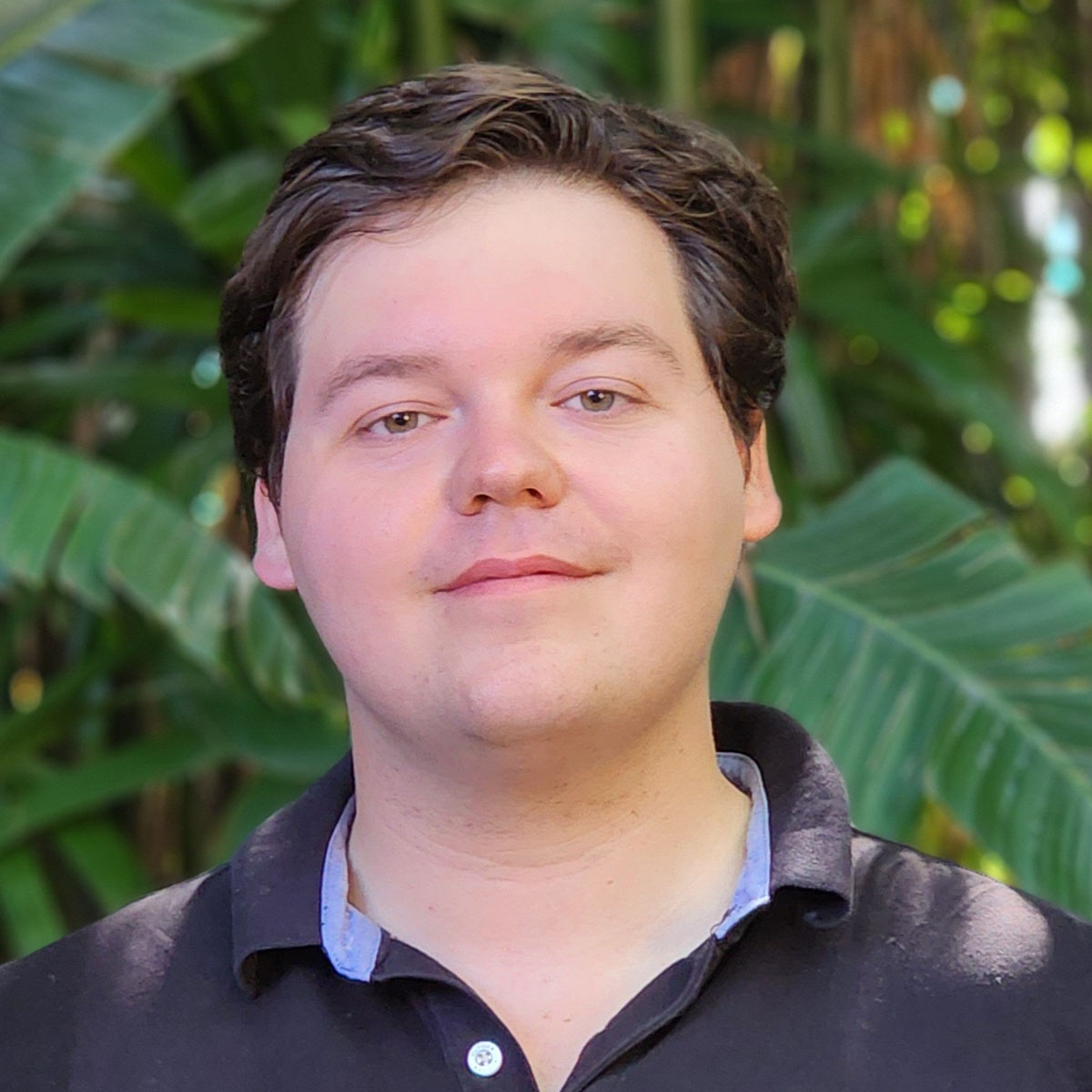
Title of Research: The Isoperimetric Number of Trees
Supervisor: Dr. Anthony Bonato
Research Summary: The isoperimetric number is a concept in graph theory that measures the balance between the size of a subset and the number of edges connecting it to the rest of the graph. It quantifies the growth potential of a graph, capturing how much it can expand from a given subset. Networks offer numerous examples of growth, and while the methods to model growth may vary depending on the context, the underlying principles remain consistent. Recent research has established a connection between pursuit-evasion games on networks and the network's growth potential. Leveraging these insights, this research project aims to solve the isoperimetric problem, specifically on tree graphs and develop a model that can apply to other types of graphs. By unravelling the isoperimetric number's significance in trees, one can gain practical applications in diverse fields. This understanding aids in network analysis, optimization strategies, and advancements in computer science. It contributes to the knowledge of the interplay between graph structure, connectivity, and growth dynamics.

Title of Research: Exploring the role of non-genetic sources in phenotypic heterogeneity
Supervisor: Dr. Mojca Mattiazzi Usaj
Research Summary: One of the main research areas in the Mattiazzi Usaj lab is the study of phenotypic heterogeneity – a phenomenon of diversity in phenotypic or observable traits such as height or hair colour even in genetically identical individuals raised in the same environment. This phenomenon is significant in various biological processes, including evolution, infection, and human genetic diseases. High-content screening (HCS) was previously employed in the lab to study phenotypic heterogeneity in hundreds of mutant budding yeast strains under different conditions. This project aims to use statistics and bioinformatics to analyze the HCS dataset and explore the relationships between genotype, environment, and cell physiology and how they shape cell behaviour. Additionally, the extracted information will be used to test hypotheses on the role of non-genetic factors in phenotypic heterogeneity through fluorescence microscopy and RNA sequencing. This research will enhance understanding of the complex genotype-phenotype problem and have implications for various fields, including precision medicine.
Congratulations to all 2023 FOS USRA recipients:
Nourhan Almasri
Supervised by Dr. Roberto Botelho
Anna Bazangeya
Supervised by Dr. Lesley Campbell
Vaanathy Chehar
Supervised by Dr. Russell Viirre
Zoe Cristante
Supervised by Dr. Janet Koprivnikar
Samuel Druif
Supervised by Dr. Lesley Campbell
Julien Gagnon
Supervised by Dr. Stefania Impellizzeri
Jafarul Hoque
Supervised by Dr. Costin Antonescu
Dhruvi Patel
Supervised by Dr. Imogen Coe
Jamie Rice
Supervised by Dr. Joseph McPhee
Allie Spagaro
Supervised by Dr. Mojca Mattiazzi Usaj
Gi Ching Esther Tang
Supervised by Dr. Dustin Little
Rebecca Yan
Supervised by Dr. Marc Adler
Nikola Kadovic
Supervised by Dr. Mikhail Soutchanski
Wei Li
Supervised by Dr. Elodie Lugez
Drai Paulen-Patterson
Supervised by Dr. Chen Ding
Shirin Amiraslani
Supervised by Dr. Kathleen Wilkie
Yifei Lu
Supervised by Dr. Na Yu
Aleksandar Popovic
Supervised by Dr. You Liang
Matthew Ritchie
Supervised by Dr. Anthony Bonato
Cameron Schmidt
Supervised by Dr. Wei Xu
Joshua Demill
Supervised by Dr. Sean Cornelius
Nicholas Duong
Supervised by Dr. Aidan Brown
Helen Melino
Supervised by Dr. Eric Da Silva